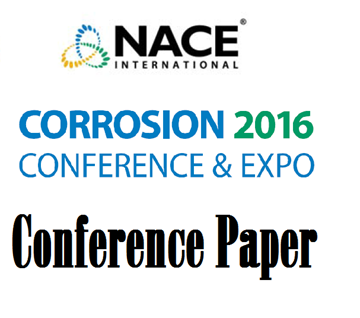Search
Products tagged with 'corrosion assessment'
View as
Sort by
Display
per page
51316-7245-Corrosion Risk Assessment and Cathodic Protection for Aging Electric Utility Transmission Sructures
Product Number:
51316-7245-SG
ISBN:
7245 2016 CP
Publication Date:
2016
$20.00
A Novel Internal Corrosion Risk Management Methodology for Relief Lines
Product Number:
51323-19468-SG
Publication Date:
2023
$20.00
Assessment And Rehabilitation Of Piping Inside Water And Wastewater Treatment Plants
Product Number:
51322-18200-SG
Publication Date:
2022
$20.00
Expert Corrosion Design Basis Memorandum (E-CDBM)-Corrosion Digital Solution at Your Fingertips
Product Number:
MECC23-19866-SG
Publication Date:
2023
$20.00
Internal Corrosion Risk Assessment for Crude Pipeline-D - A Case Study
Product Number:
MECC23-19965-SG
Publication Date:
2023
$20.00
Performing Coating And Corrosion Assessments To Maintain Military Fuel Piping
Product Number:
51322-18027-SG
Publication Date:
2022
$20.00






